Twenty years ago, when I built my first straw bale house in Westmeath, there were no courses available for eager, but ignorant, wanna-be builders who wished to avoid being shackled for life to a mortgage.
The only option was to throw myself at the mercy of the local hardware shop assistant and hope he'd have the patience to offer a few short apprenticeships every time I bought new tools or materials. Thankfully things have changed and there are now a range of great hands-on courses and workshops throughout Ireland.
In Ennistymon recently I saw a sign advertising a week-long course on “How to build everything out of anything” and was intrigued. The course was being taught by Harrison Gardner, which makes a little more sense. Gardner is an Australian eco-builder and sustainability designer who has built community structures and disaster-relief housing all around the world, from Africa to Asia and South America, using cob (mud and straw), adobe plaster, concrete, wood, straw bale, earthen brick and lime for various community groups and NGOs.
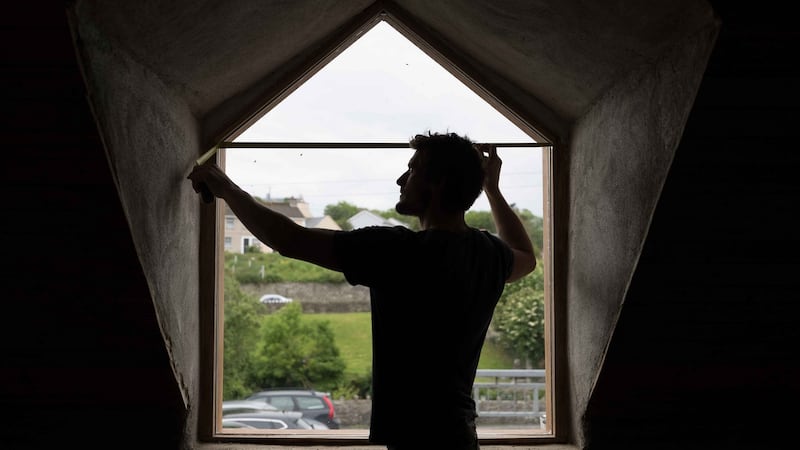
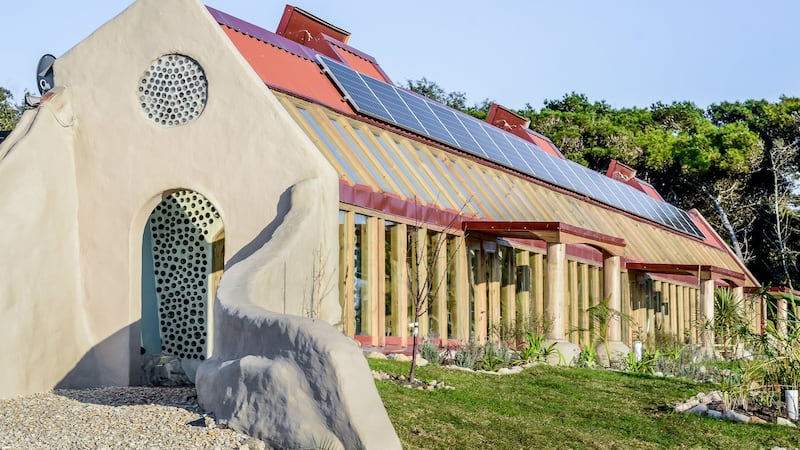
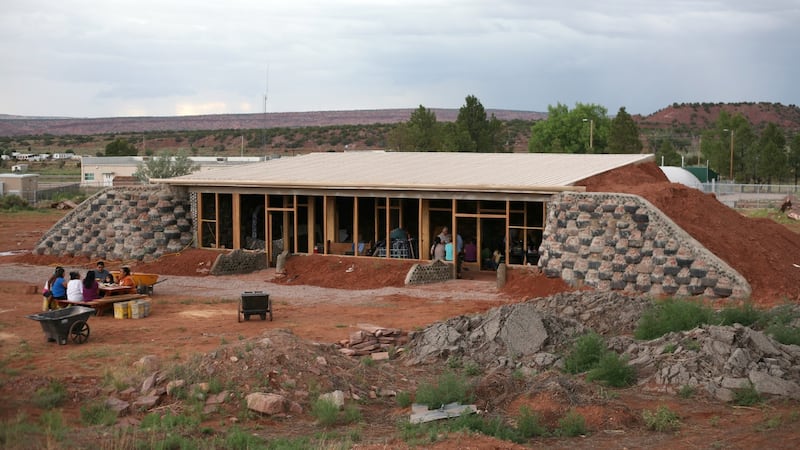
Gardner is now based near Lahinch, Co Clare, though he still travels the world as lead foreman and teacher for Earthship Biotecture, an international sustainable building and education organisation based in Taos, New Mexico.
Earthships are low-rise, passive-solar buildings made of earth-packed tyres, that often have a long glass facade facing the sun, with their rear dug into a hillside. They are boldly sustainable, with self-contained sewage treatment, autonomous solar and wind electricity, and systems for water harvesting and storage. They’ve a certain 1970s science fiction look to them, which is either alluring or off-putting, depending on your mind-set.
Practical skills are the same wherever you are. You choose materials based on what's most affordable, efficient, attainable and appropriate, then make minor adaptations
Was Gardner now teaching Earthship courses in Ireland? I rang him to find out. “I’d love to build an Earthship for a community in Ireland,” he said. “Earthship Biotecture might even offer support, but the courses I’m running now are about something different. They’re aimed at giving newbies the confidence to build autonomous, sustainable homes out of whatever material is available.”
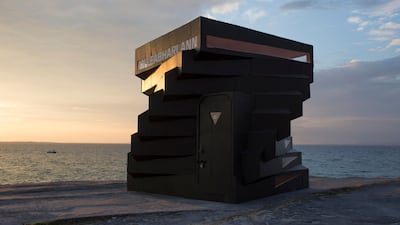
Gardner has a long track record in this, having taught unskilled, local communities how to build their own homes and buildings right across the world, from the Rann of Kuttch in India, to Patagonia in Argentina and the northwestern United States.
“The theory and practical skills are the same wherever you are. You choose materials based on what’s most affordable, efficient, attainable and appropriate, then make minor adaptations, depending on whether you’re on a cliff-top in Donegal or nestled in a housing estate in Wexford.”
The first of these “build everything out of anything” courses ran early this year near Ennistymon, Co Clare. Over six days the participants built a tiny home – starting with learning some theory, then getting stuck in to master hand tools and power tools before taking on the challenge of building the foundations, walls and roof.
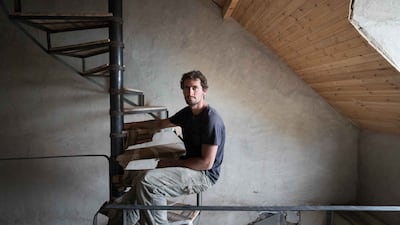
“Over the years I found ways to encourage even complete beginners to have confidence in their abilities. At this stage, I feel, I can teach anyone a basic grasp of construction design, technique and possibilities. The key is not to over teach, but instead to help them find the inner skills we all have, but may have never have had a chance to practise.”
Gardner’s courses attract a range of people, from pie-in-the-sky dreamers to those who are just about to embark on a building project. A woman came from Sligo to gain experience in using power tools in the hope that she would eventually be able to build a simple shelter, while another woman travelled from England before embarking on a home renovation project in London.
The next course begins on September 2nd for six days at a cost of €600, including all meals and materials. Details are available at harrisongardner.net
Other eco self-build courses
Traditional frames
If you have a yearning to build a more traditional timber house using pre-industrial techniques that don't rely on screws or nails, artisan carpenter James Grace from Rathsallagh, Co Wicklow will run courses from this autumn.
His business, gracedesign. ie, specialises in building exposed trusses and traditional frames, and he is committed to showcasing this ancient skill to self-build enthusiasts.
“Designing and building with Irish trees is deeply rewarding,” Grace says. “By using well thought-out designs I teach traditional joining techniques like mortice and tenon using traditional hand tools, while providing an understanding of the tactile nature of wood as a building material.”
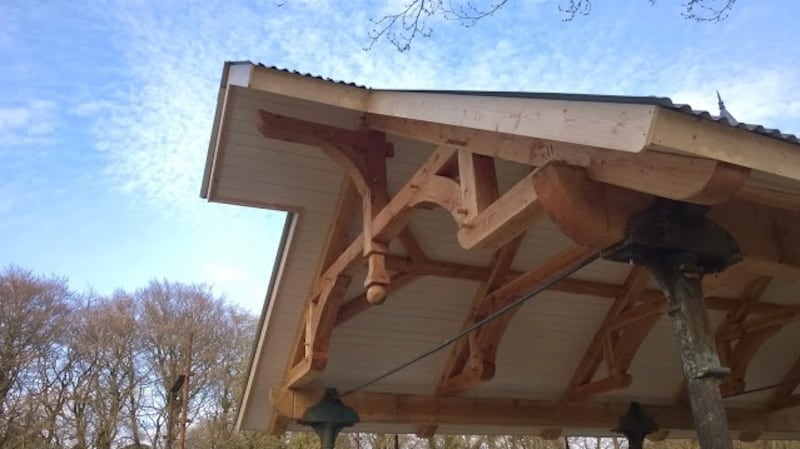
Grace stresses that working with timber is far more sustainable and adaptable than steel or concrete.
“In Ireland we grow good-quality building timber, which then locks up carbon from the atmosphere in the building itself. It’s a neat solution to a global need to reduce the carbon footprint of our buildings.”
His courses take place in west Wicklow in small groups to allow participants to fully immerse themselves in the craft.
Naturally built
The small band of pioneering thinkers who set out to establish The Hollies, a centre for practical sustainability, near Béal na Bláth in Cork in 1999 had to learn from scratch how to build cob and straw bale homes, traditional masonry stoves and compost toilets.
They are now a well-established training centre for sustainability, but also teach a range of natural building courses based on their own experience of learning how to build healthy, attractive homes that don’t cost the earth.
“We learned step by step how to identify, source and use natural materials such as clay, sand, timber, straw, stone and lime,” says Ulrike Riedmuller, one of the original founders.
Their website, thehollies.ie, offers details of upcoming courses on timber-frame construction, building a hand-sculpted house and a cob-building course that promises to teach you everything you need to know to build your own home within one week.
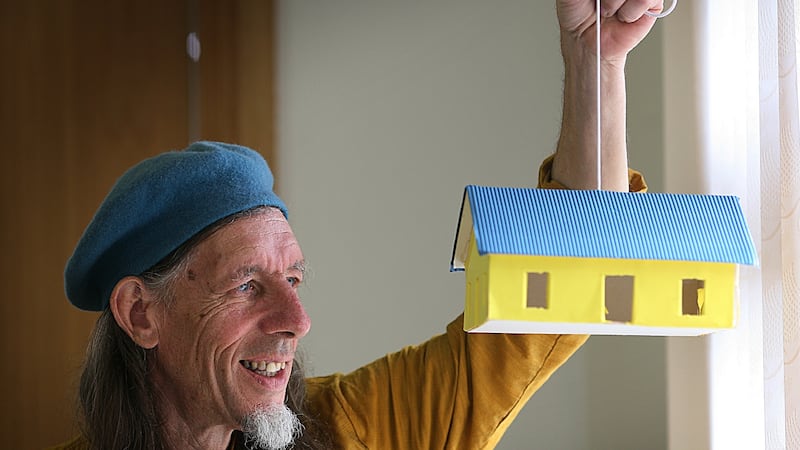
Affordable eco builds
In recent years Leitrim has been the major centre of self-building here and the Living Architecture Centre in Leitrim, run by the eco-architect and builder Peter Cowman, has been an inspiration and guide for many builds.
Cowman offers workshops and online courses based around the idea of "living" architecture, in which he guides people through the process of learning how to design and construct affordable eco-buildings (livingarchitecturecentre.com).
Straw houses
One of the early pioneers of self-building courses in Ireland were husband-and-wife team Colin Ritchie and Féile Butler (a carpenter and an architect), who have been building cob houses since 2005, and offering building courses at their spectacular cob and timber-frame house in Sligo since 2011.
Their regular Natural Building and Design courses have inspired hundreds to dare to build their own shelters using the traditional Irish techniques of mixing mud and straw as a daub to be added to a framework of wattle or wood.
This year they are taking a break from teaching courses on site, but are open to leading workshops elsewhere. Full course information can be found at mudandwood.com.
Heritage skills
For a brief and free immersion in traditional building skills head to Castletown House, Co Kildare next Saturday and Sunday for Kildare's Heritage Buildings Show, which is run in conjunction with the Irish Georgian Society and the OPW.
The weekend of demonstrations will feature more than two dozen craftspeople sharing key traditional skills such as use of lime-based mortars, thatching, ironwork, dry-stone wall construction, slate roofing, stone carving and decorative plasterwork.
Self build
SelfBuild Ireland (selfbuild.ie) holds exhibitions each year in Dublin, Cork and Belfast, where suppliers and specialists offer advice and products to help self-builders and home-improvers. They also publish a quarterly magazine and a website full of useful articles and links.

















